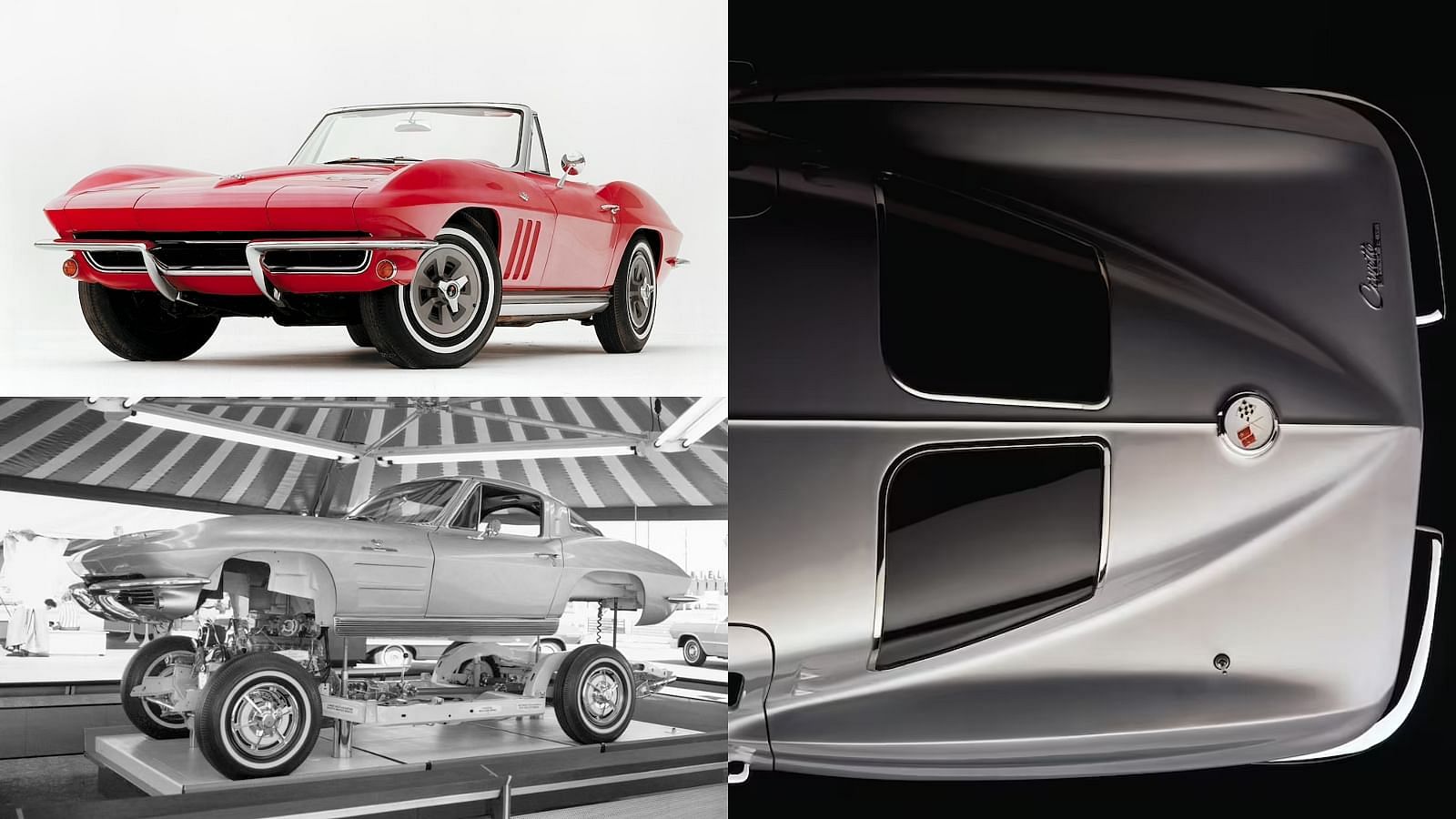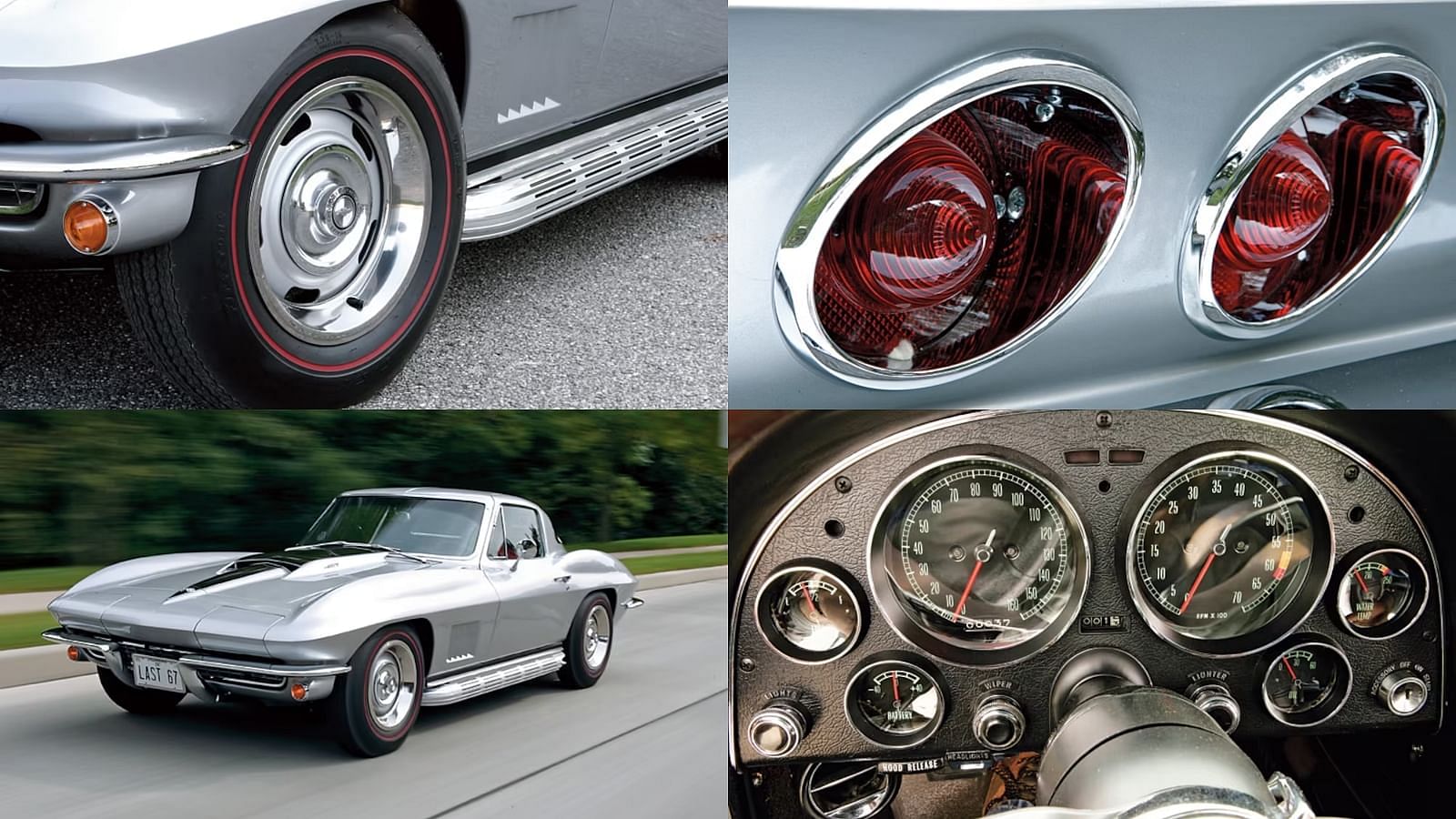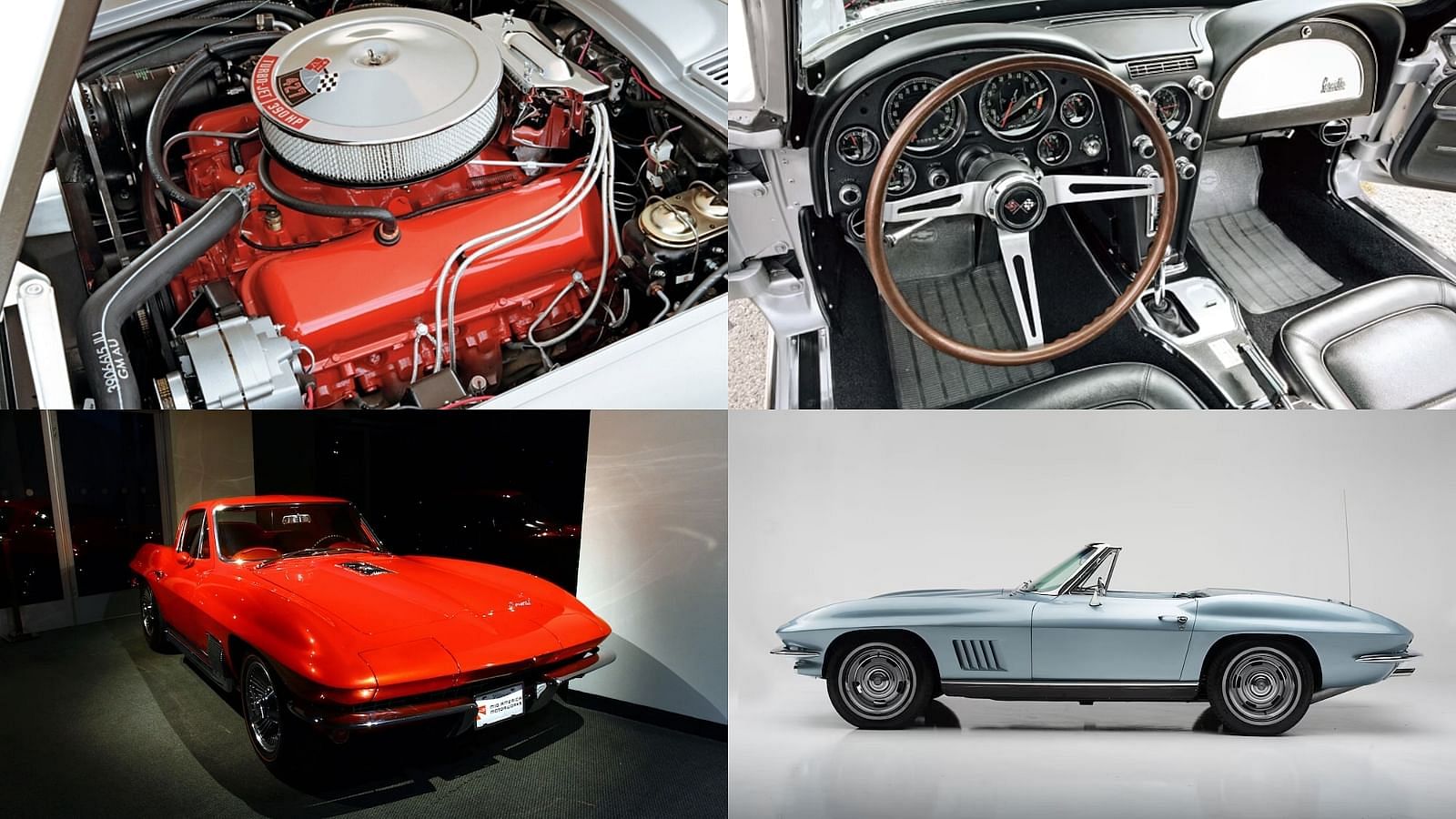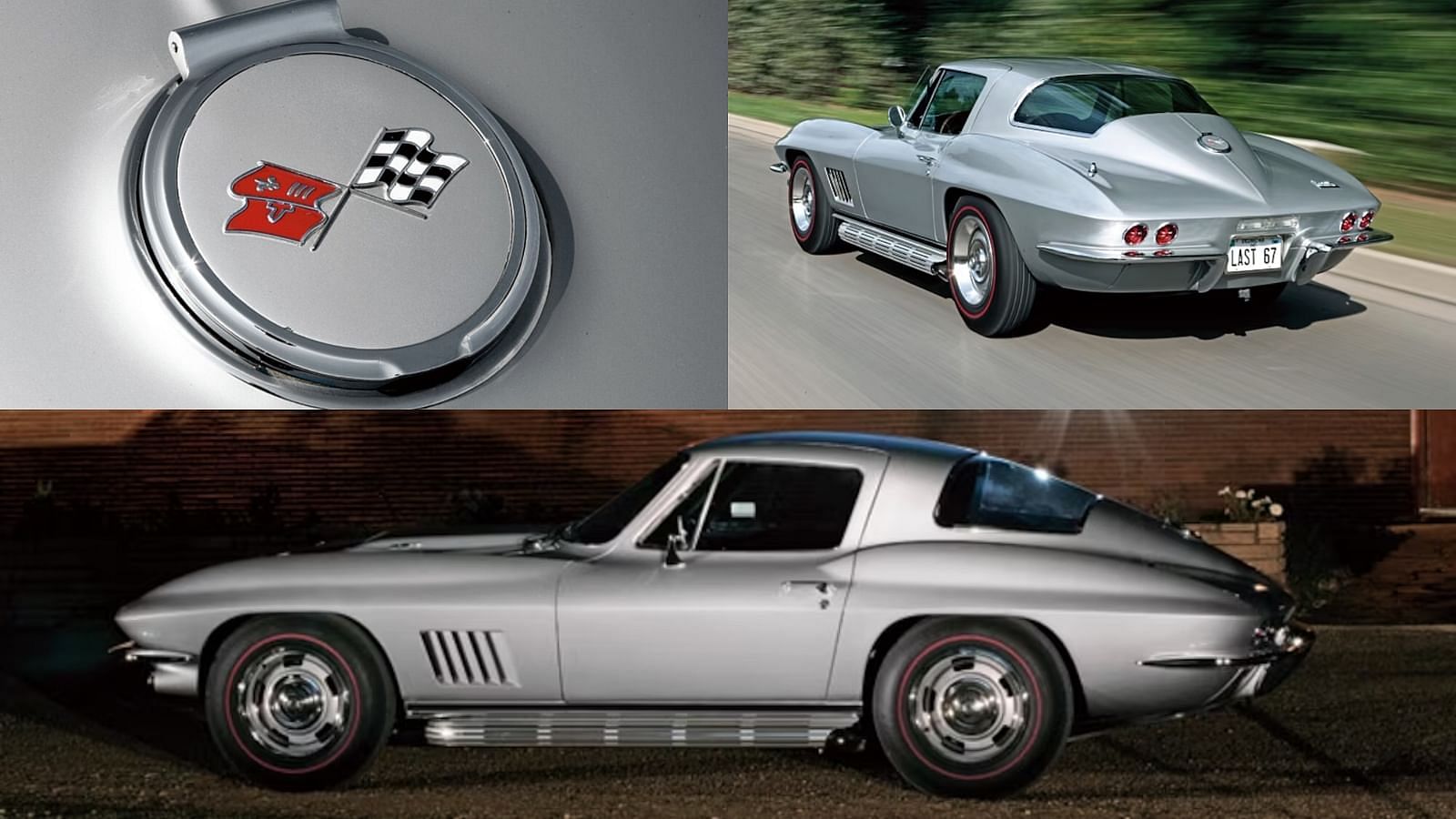The Chevrolet Corvette From 1963-67 Still Remains One Of The Most Favorites
The Chevrolet Corvette’s journey for the second generation started in 1963 and the range of models manufactured till 1967 remains among the most popular vehicles in the history of automobiles. It was not just the design that earned its fame but the overall handling, quick acceleration, and sheer power that made it rule the markets and the race tracks during that period.
Published June 21, 2024

The Chevrolet Corvette was already a popular name since 1953 but it was the second generation that earned the brand its unshakable greatness. The Corvette Stingray earned its respect and recognition from a legion of fans and all for the right reasons. Although there was a lot of influence from the previous models and several parts of the engineering and design were influenced by other brands as well, the overall performance and appearance of the Stingray managed to pull the crowds all by itself.
The second generation of the Chevrolet Corvette refers to the model years from 1963 to 1967 and the cars have gone through a lot of changes both inside and out. There were the coupe and the convertible options available that had been competing against each other for higher sales and popularity. And both these versions successfully attempted to outsell their previous iterations. A large number of vehicles were manufactured during the said period but only a handful was dedicated to the tracks. However, even the non-track versions of the Stingray were exceptional which makes the Chevrolet Corvette C2 still our favorite.
Was the Stingray Basic in 1963?
Although we use the word basic after the Stingray, the truth is that almost everything about the car was exclusive. It is not like the parts were super rare but the ultimate execution of the engineering earned accolades from around the world. The chief designers behind the C2 were Pete Brock and Larry Shinoda but a lot of credit goes to the collaboration between engineer Zora Arkos-Duntov and the styling director William Mitchell for turning the dream into reality.

The design of the sportscar boasted a fastback body and the long hood made for higher road presence. The raised wind split ran the entire length of the roof until the rear section and the pillar on the roof bisected the rear window giving it a unique design. The split backlights were a complement to the aerodynamics.
What is the exceptionality of the Stingray?
There are a lot of segments that the second generation carried over from its predecessors but the number of features that were added to the C2 versions made the Stingray stand out. The new variations were made lighter than the ones from 1962 but some of the parts were also heavier. The aerodynamic design was coupled with incredible weight distribution to ensure better performance.
The Corvette Stingray was also shorter, narrower, and lower than the first generation but did not think for a second that it offered less space. The doors being cut into the roof made way for easier ingress and egress while the luggage space was also increased. The improved cockpit ensured better ventilation and the independent rear suspension made the overall ride quality impressive.

The cast aluminum knock-off wheels were offered as optional but the bigger brake rotors were standard. The wheels also had better traction than the previous generation and handling was praised by every single person who drove it. The generator was replaced by an alternator to extract improved output. The optional exterior exhaust was an excellent addition as well.
What were the engine variations?
Throughout the years Chevrolet and its engineers kept upgrading the models and each improvement was considered a bigger success. The 1963 Corvette initially had a 327 cubic inch small-block V8 engine that could deliver 250 hp of power. The same engine was repeatedly tuned to offer higher power outputs that included figures like 300, 340, and 350 hp.

Another small-block FI V8 engine of the same size was introduced in the same year that could increase the resultant figures to 360 hp and a year later it was re-tuned to provide 375 horsepower. There were two versions of the big-block V8 engine, one with 396 cubic inches and the other being 427 cubic inches offering 425 hp or 390 hp in total.
The final version in 1967 was the 427 cubic inch Tri-Power V8 engine that initially offered 400 hp of power but later was upgraded to 435 horsepower making it hard to match on the track.
How about its performance and glory?
The initial engine of the 1963 Corvette was the same as the previous year but the lightweight chassis ensured quicker acceleration. The upgrades under the hood continuously increased the level of performance and the handling part of the Stingray was top-notch.
In the remarkable production year of 1963, a grand total of 21,513 units were made, with a limited edition of just 199 Z06 Corvettes. What makes this production even more intriguing is that six of these exclusive units were specially designed for the demanding Le Mans racing circuit. The excellence of these vehicles was not only confined to their sleek design but extended to their racing capabilities. Specifically tailored for NASCAR-sanctioned events, these Z06 Corvettes, with their modified chassis, were destined to make a powerful statement in the prestigious American Challenge Cup, held on the iconic Daytona Oval.

Chevy manufactured a total of 117,964 cars for the Corvette second generation which included the Stingray, the Z06, and the Grand Sport. There was even the 1963 Corvette Rondine, a concept car with a tough from Pininfarina that went for $1.6M in a 2008 auction.Latest Articles From Our Website
Write a comment
Comments
No Comments Yet









